Introduction:
Selecting the perfect bag for children can often feel like navigating through a jungle of options. Kids bags are not just a practical accessory for carrying belongings; they’re a statement of personal style, a tool for organization, and sometimes, a comforting item for youngsters. Today, the market is flooded with various types, styles, and designs of kids bags, catering to different ages, needs, and preferences. This comprehensive guide aims to help parents make informed choices by exploring the essential aspects of kids bags, from durability and functionality to style and safety.
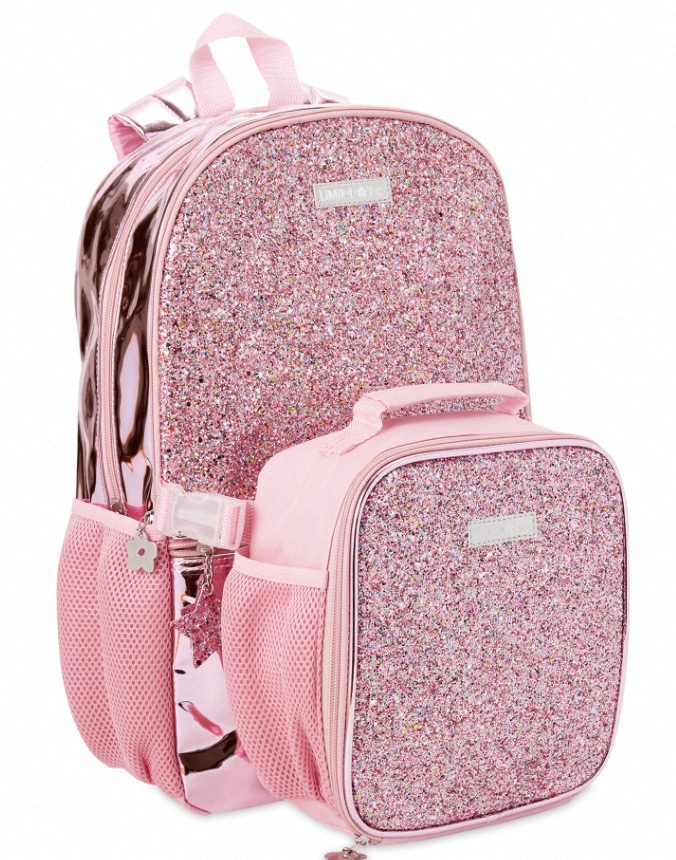
Types of Kids Bags
When it comes to kids bags, the variety can be overwhelming. The main types include backpacks, trolley bags, lunch bags, sports bags, and novelty bags. Backpacks are the most common for school use, designed to distribute weight evenly across the shoulders. Trolley bags are suitable for heavier loads, reducing back strain. Lunch bags are insulated to keep food fresh, while sports bags are spacious enough to hold athletic equipment. Novelty bags, on the other hand, often feature favorite characters or themes, making them a fun accessory for kids.
Choosing the Right Size and Design
The age and height of the child play a crucial role in selecting the right bag size. A bag that’s too large can cause discomfort or back pain, while one that’s too small may not fit all necessary items. The design is equally important; it should not only appeal to the child’s tastes but also be functional. Look for bags with multiple compartments for easy organization and adjustable straps for a comfortable fit. Additionally, reflective elements can enhance visibility and safety for kids traveling to and from school.

Material and Durability
Kids bags should withstand regular use, occasional rough handling, and the elements. Materials such as polyester, nylon, and canvas are popular for their durability and ease of cleaning. Waterproof or water-resistant fabrics are advantageous for protecting contents against rain. Check for quality construction, reinforced stitching, and sturdy zippers to ensure the bag can endure the daily hustle and bustle.
Safety Features in Kids Bags
Safety is paramount when choosing bags for children. For younger kids, avoid cords or straps that could pose a strangulation hazard. Ensure that materials are non-toxic and free from harmful chemicals like lead or phthalates. Ergonomically designed bags that promote good posture and reduce strain on developing bodies are also essential. Additionally, consider opting for bags with anti-theft features for older kids to secure their belongings.
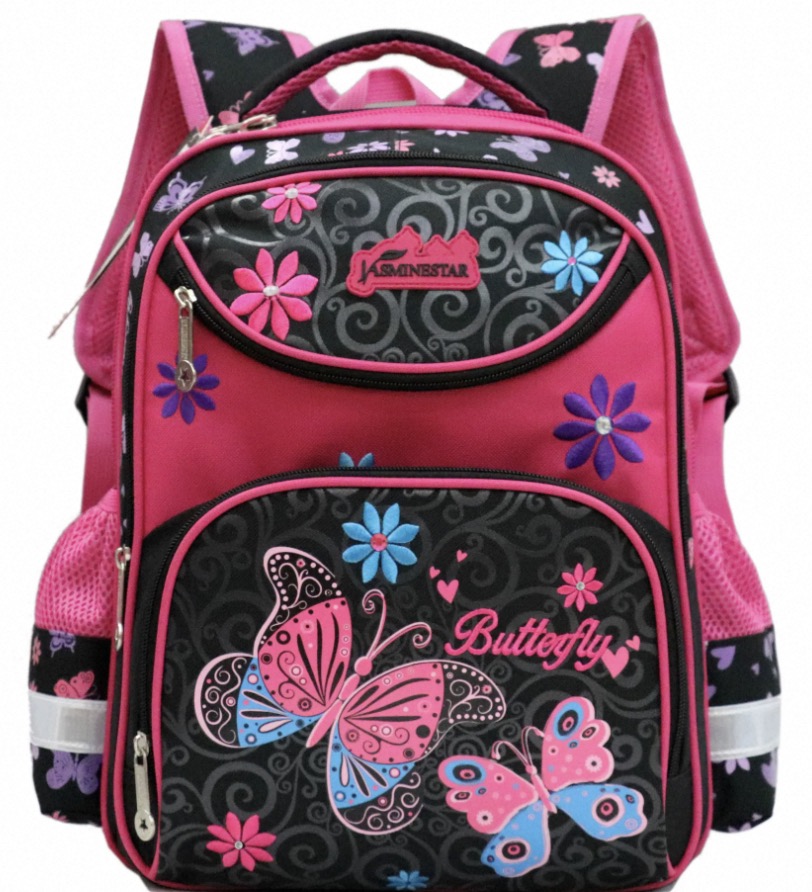
Personalization and Creativity
Personalized kids bags are a hit, allowing children to express their individuality. Many brands offer customization options, from embroidered names to patches and charms. Encouraging children to personalize their bags with keychains or doodles can also foster creativity and attachment to their bag, making it less likely for them to lose it.
Eco-Friendly Options
Eco-conscious parents may seek out kids bags made from sustainable materials. Brands now offer bags crafted from recycled plastics, organic cotton, or other eco-friendly materials, providing a stylish yet responsible choice. These bags not only reduce environmental impact but also teach children the importance of sustainability.
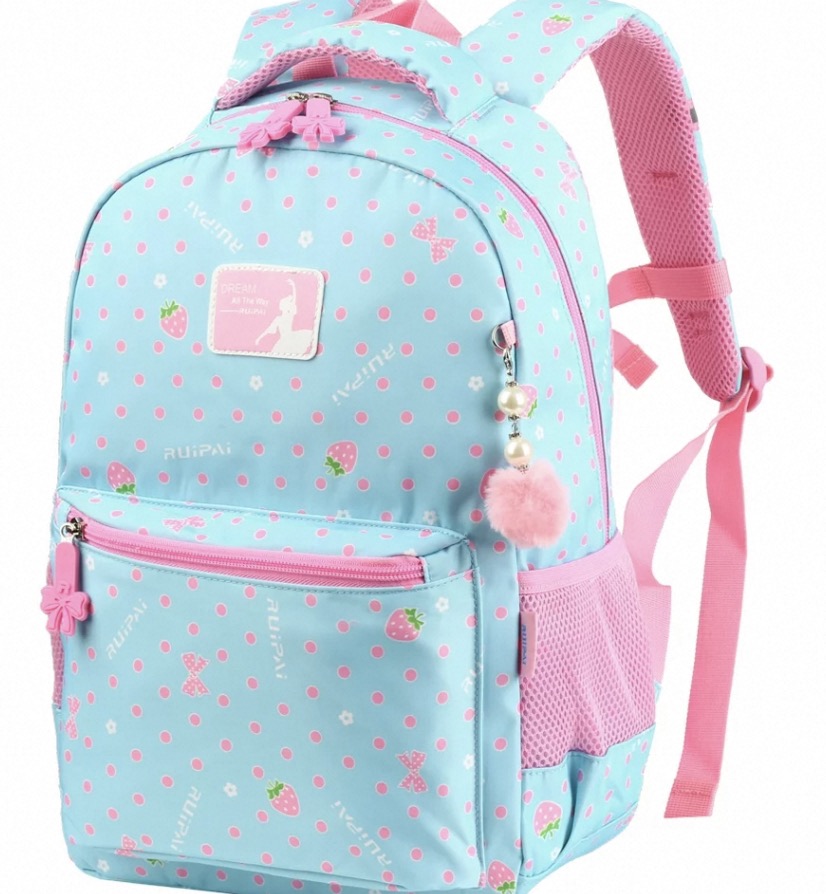
Price and Brand Considerations
While the brand may be a factor for some, it’s important to balance quality with budget. High-end brands often offer superior craftsmanship and unique designs but at a higher price point. However, many affordable options still provide durability, style, and safety. It’s crucial to research and compare products to find the best value for your needs.
Maintaining Kids Bags
To prolong the life of a kids bag, regular maintenance is necessary. Teach children to empty their bags daily and store them properly. Most fabric bags can be wiped clean or machine washed, depending on the manufacturer’s instructions. Addressing repairs promptly, such as fixing a torn strap or replacing a broken zipper, can also prevent the need for early replacement.

Adjustability for Growing Kids
One often overlooked aspect when selecting kids bags is adjustability, which is crucial due to the rapid growth phases children undergo. A bag with adjustable straps ensures that the bag remains comfortable and correctly positioned on the child’s back as they grow. For backpacks, look for models that also offer adjustable chest or waist straps, which can help distribute the weight more evenly and secure the bag in place, preventing it from swinging and causing potential imbalance or strain on the child’s shoulders and spine. This feature not only enhances comfort but also contributes to the longevity of the bag’s use, making it a versatile choice through various stages of your child’s growth.
Involving Kids in the Selection Process
It’s beneficial to involve children in the process of selecting their bags. This engagement not only makes them feel valued and heard but also increases the likelihood that they will care for and appreciate their bags. Allowing kids to express their preferences, whether it’s about the color, design, or type of bag, fosters independence and decision-making skills. However, parents should guide their children towards choices that balance their personal style with functionality and comfort, ensuring that the bag serves its purpose well without compromising on health or convenience.
The Impact of Kids Bags on Social Dynamics
Finally, it’s important to consider the social aspects related to kids bags. For children, a bag can sometimes be a statement of their personality or interests, which can influence social interactions and perceptions among peers. While it’s essential to choose a bag that the child likes, it’s also important to discuss with them the value of individuality and not placing too much emphasis on having a certain brand or style simply for the sake of fitting in. Encouraging children to appreciate diversity in choices and to respect others’ preferences can help cultivate a healthy perspective on material possessions and social relationships from a young age.
Conclusion:
Choosing the right kids bag involves more than picking out a favorite color or character; it requires consideration of practicality, durability, safety, and style. By understanding the different types, materials, and features available, parents can select a bag that not only meets their child’s needs but also supports their comfort, health, and individuality. Remember, the ideal kids bag is one that your child will be excited to carry every day, serving as a reliable companion for their daily adventures.
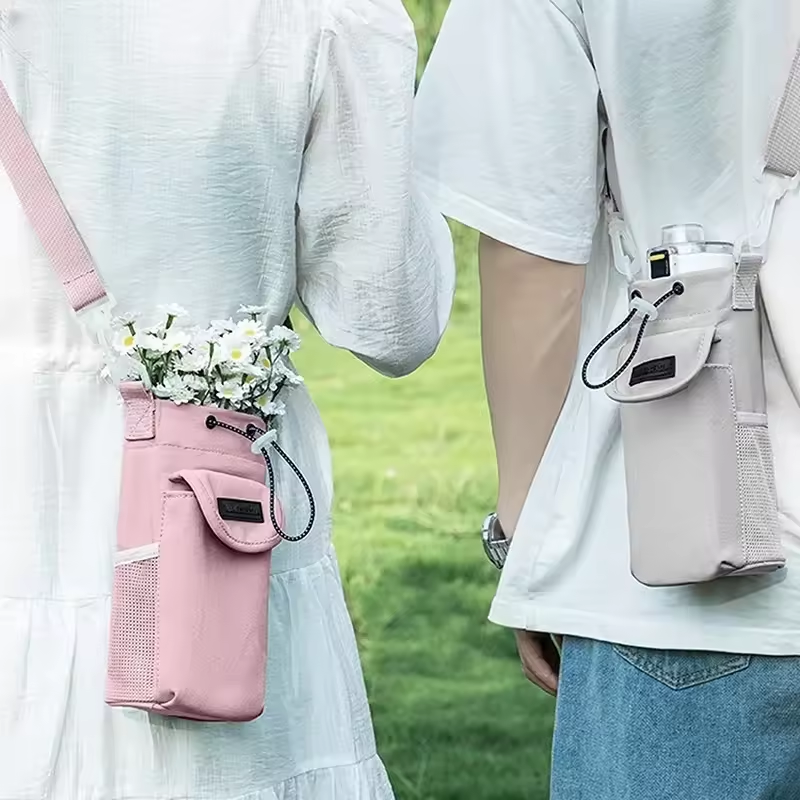
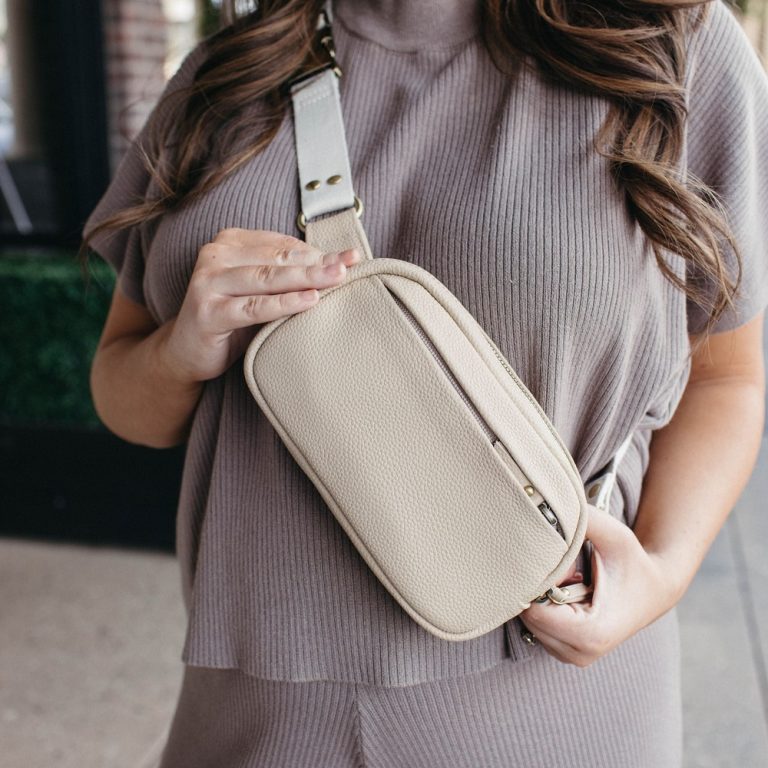
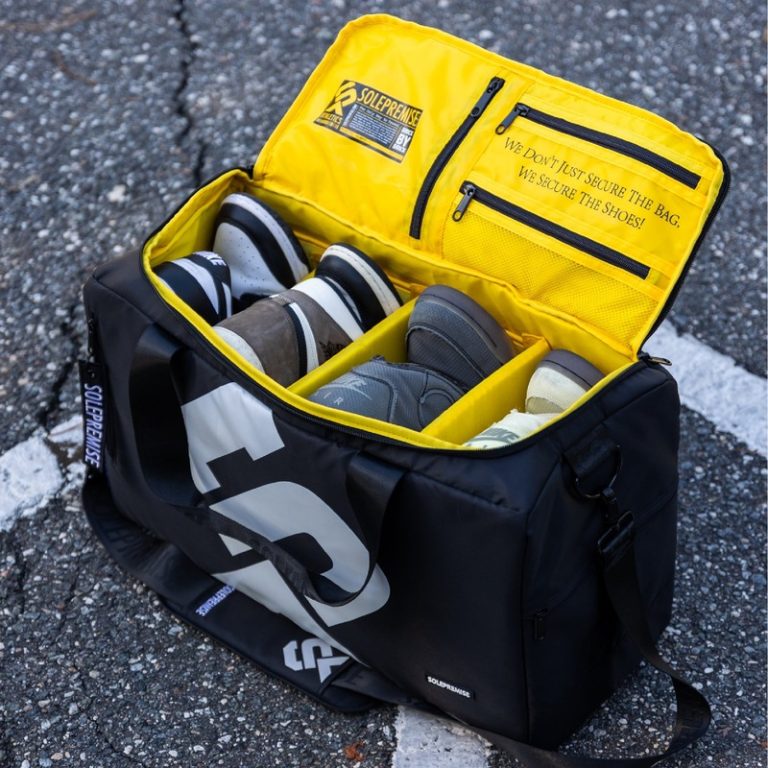
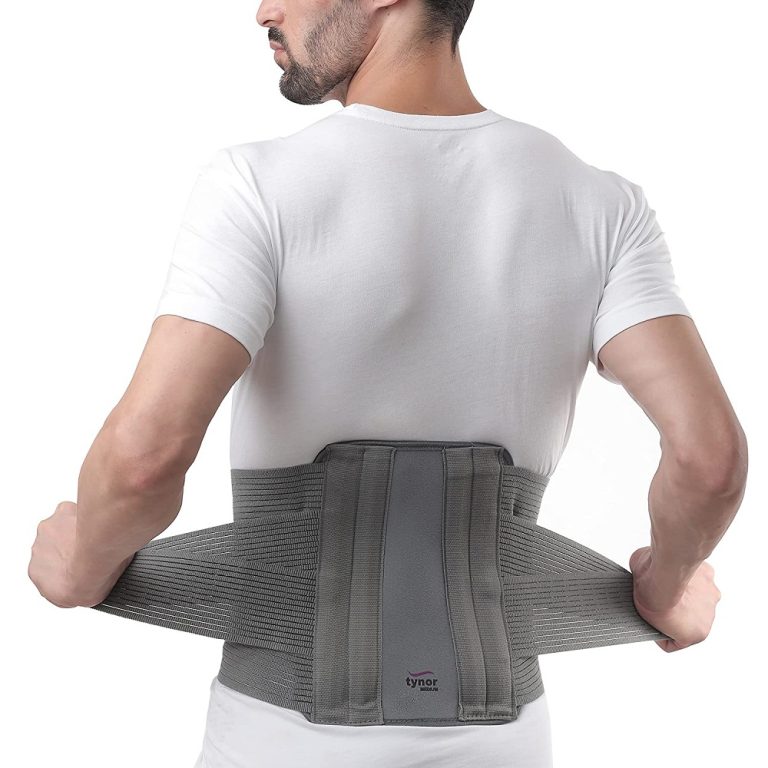
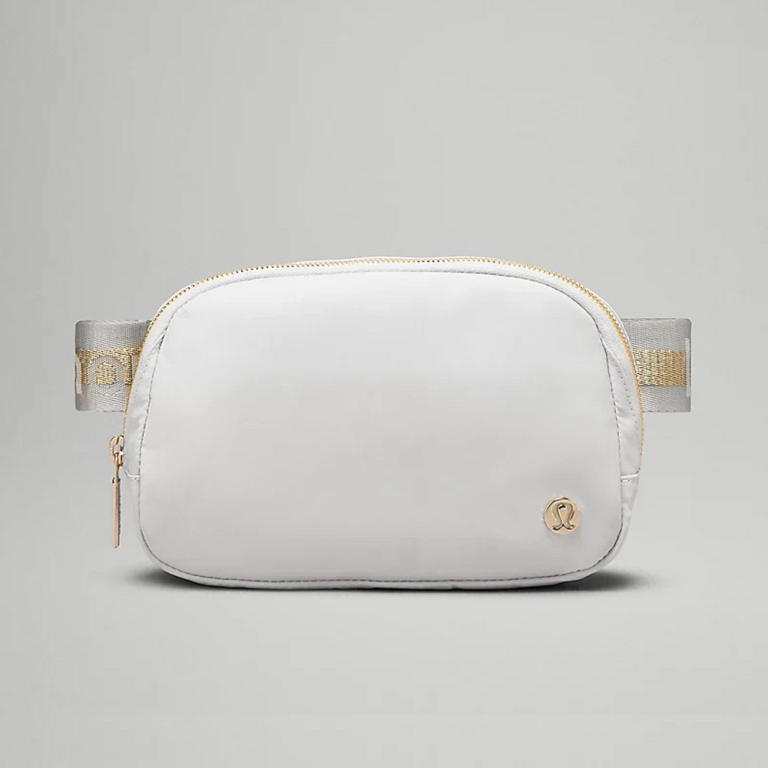





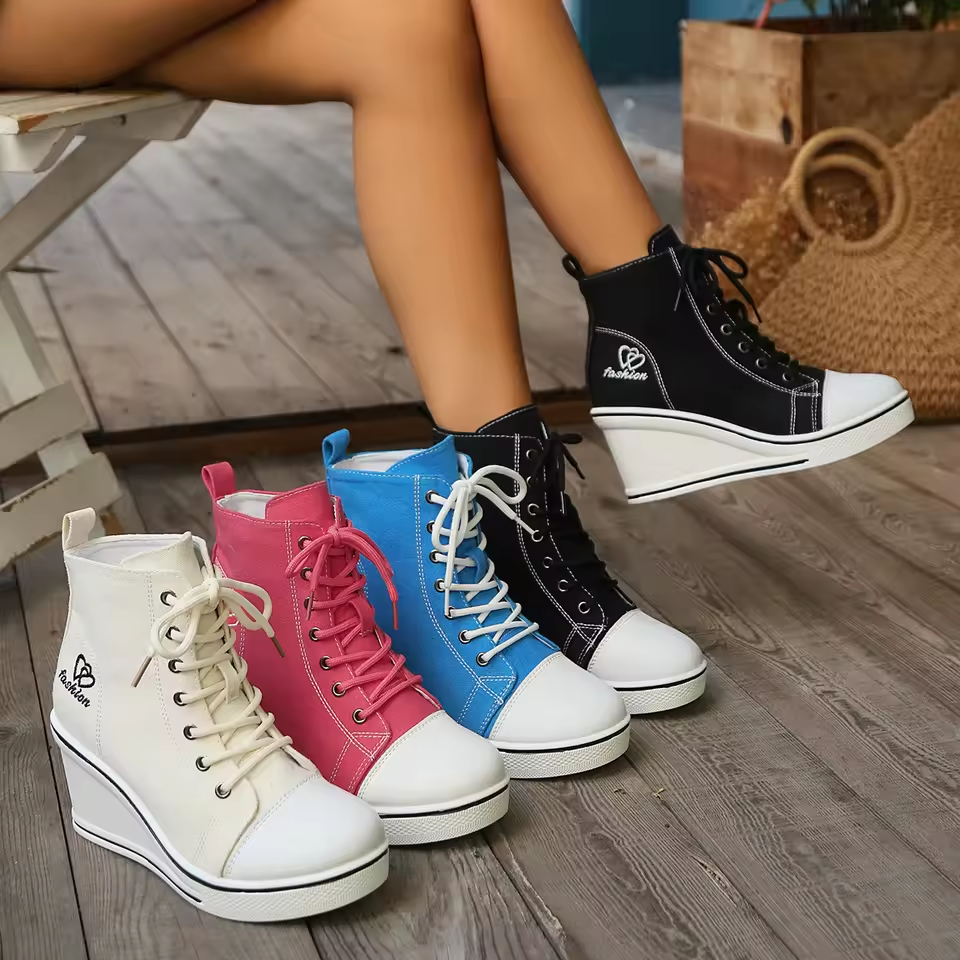
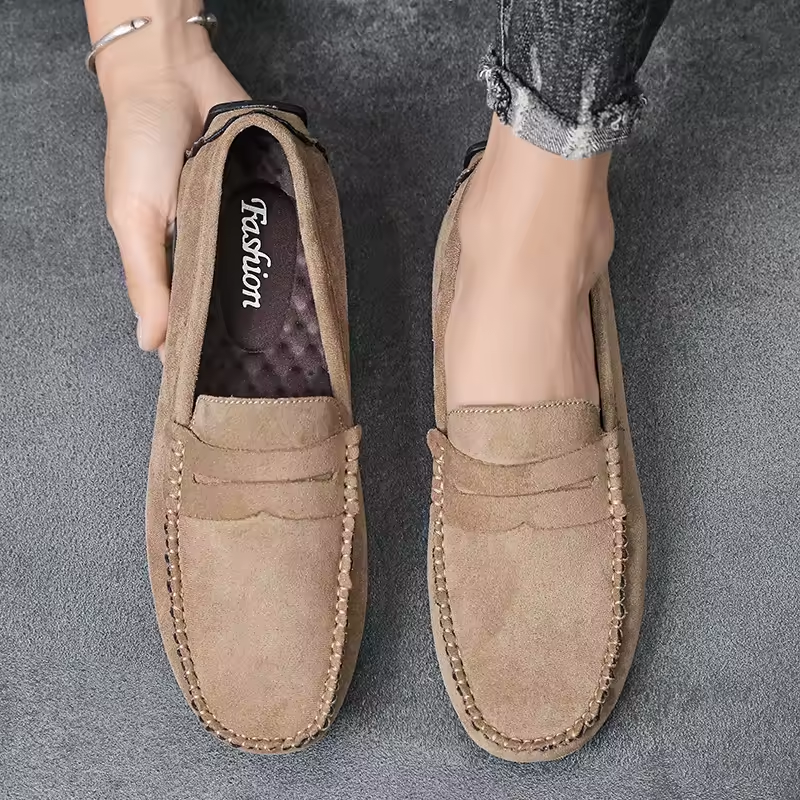

+ There are no comments
Add yours